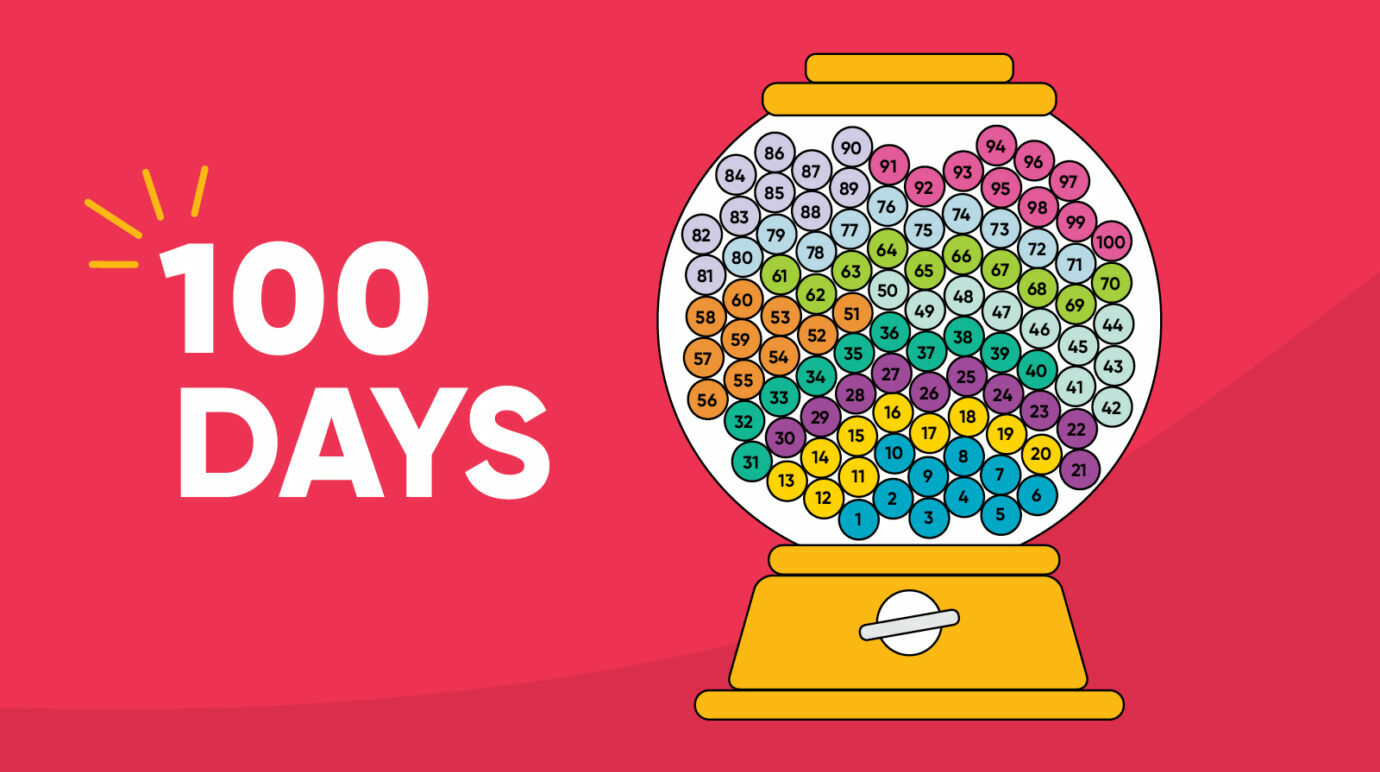
Among the many mathematics games out there, Math Lines : Small Large is a great way to introduce young learners to the fundamental concepts of geometry. This game can either be played on a laptop or a smartphone and focuses primarily on improving math skills. It is compatible with both iOS and Android devices. To shoot past the math line, players must create pairs of up to 10 players. After shooting, the player must clear the math line so that the next numbered ball can be shot. As the player progresses, the game becomes more challenging.
Two points make up a math line. A line is the path that takes you from one point to another. The equation of a line is r=l(b-a) where b is the value of the line at the point where it crosses the x-axis and a is the value of the line at the point it crosses the y-axis. A line is also known by the term "curve". The equation of a curvature is r=cd+l(0)b-a.

Properties such as slope or tangent can also be used to describe lines. Zero-slope lines pass through the origin. A line with zero slope is one that passes through the origin. The equation is y = Mx + B. Lines that have a slope of zero degrees are called horizontal surfaces. Lines with slopes higher than zero degrees are called vertical surfaces. An angle difference identity is also useful for calculating the equation of lines.
You can draw lines in parallel or collinear. They can also be perpendicular or skew. Parallel lines are lines that cross in the exact same plane. Skewlines are lines that do not intersect at all points. Euclid in 300 BC defined skewlines. You can define skewlines in many different planes.
Lines are also used to describe other types of objects, such as cylinders and prisms. A line can also be defined by how it is arranged. A line can be laid in a sexless square, rectilinear or sexless fashion. Some cases may consider a line arrangement to be a curve. An arc is an arrangement of lines that are sexless, rectangular, or straight. Straight lines are elegant, but simple. The line can also be disguised. If a straightline is laid in a sexless and rectilinear arrangement, or in a square form, it is called a segment.
Lines can also be specified using parametric equations. These equations are based on the specification a point along the line. Parametric equations are used to specify lines in both two-dimensional and three dimensional spaces. The specification of a direction vector is used to determine equations in higher dimensions.

There are two types of equations that can be used to identify lines in planes. For lines that are located in planes, the first-degree equations can be used. General form equations are those with fixed coefficients.
FAQ
How do I select my major?
Students choose their majors depending on their interests. Because they find it easier to study something they love, some students choose to major on a subject that they really enjoy. Others want to pursue a career for which there are no jobs available. Others are motivated to make a living while studying a major. Whatever your reasons may be, you should consider what job you might enjoy after graduation.
There are many ways to get information about different fields of study. Talk to your friends and family about their experiences in these fields. Look through newspapers and magazines to find out what careers are available. Talk to a guidance counselor at high school about possible career paths. Visit Career Services at your local library or community center. Your local library has books on a variety of topics. You can search the Internet for information about specific careers.
What is homeschooling and how does it work?
The homeschooling method is where the parents educate their children at home. It is also known as private education, self-education, or home educating.
Families who wish to homeschool their children are well served by this option. This allows them to get a quality education in the comfort of their own homes.
They educate their children right from birth through high school. They decide which subjects they will study and how long each one should be. Every subject is taught by the student in his/her own time.
It is up to parents when they want to teach their children. Many schools recommend that children attend classes from age four until twelve years old. However, some families choose to wait to begin teaching their children until they reach kindergarten.
Parents can use any number or resources to assist them in learning the curriculum. You can learn valuable lessons from books, videos, websites and magazines.
Many families find that homeschooling is a good fit for their hectic schedules. Homeschooling allows parents to spend more time with their children, than traditional public schools.
How long should I spend studying each semester
The time you spend studying will depend on several factors.
You may be required to take certain classes annually by some schools. This means you won't necessarily have the flexibility to take fewer courses in a given semester. You can ask your advisor to tell you which courses you need to take each semester.
How do you apply to college?
There are many options for applying to college. Reach out to your high school guidance counselor, admissions representative or for more information. Online applications are popular among high schools. You can also reach out to local colleges directly. Many colleges will accept applications through the Internet via their website.
If you decide to apply through the mail, you'll need to fill out the application, write a personal statement, and send copies of all required documents with your application. The personal statement gives you an opportunity to share why you want to attend this particular institution and how it would benefit you. It is also helpful for admissions committee members to understand your goals, motivations, and values.
You can download sample essays from this website.
Statistics
- Globally, in 2008, around 89% of children aged six to twelve were enrolled in primary education, and this proportion was rising. (en.wikipedia.org)
- Data from the Department of Education reveal that, among 2008 college graduates, 92.8 percent of humanities majors have voted at least once since finishing school. (bostonreview.net)
- In most developed countries, a high proportion of the population (up to 50%) now enters higher education at some time in their lives. (en.wikipedia.org)
- Think of the rhetorical power of nineteenth-century abolitionist Harriet Beecher Stowe, Martin Luther King, Jr., or Occupy Wall Street activists with their rallying cry of “we are the 99 percent.” (bostonreview.net)
- And, within ten years of graduation, 44.1 percent of 1993 humanities graduates had written to public officials, compared to 30.1 percent of STEM majors. (bostonreview.net)
External Links
How To
Why homeschool?
When choosing whether to homeschool or send your child to school, there are several factors to consider.
-
Which type of education do YOU want for your child's future? Are you looking for academic excellence or social skills development?
-
How involved would you like to be in the education of your child? Are you interested in keeping up with what your child does? Do you prefer to stay informed about what your child is doing?
-
Are your children special? What can you do to help your child with special needs?
-
Will you be able to manage your child's schedule? Do you have the time and commitment to teach your child at home each day?
-
What topics will you cover? Math, science, language arts, art, music, history, geography, etc. ?
-
How much money do you have available to educate your child?
-
Is your child old enough?
-
Where will you house your child? This includes finding space large enough to house your child, as well providing facilities such as bathrooms and kitchens.
-
What is your child’s approximate age?
-
When does your child go back to sleep?
-
When does he/she finally wake up?
-
How long does the journey take from point A, to point B?
-
Is your child's school located far from you?
-
How far is your home from your child's school?
-
How do you get your child to school?
-
What are the benefits of homeschooling?
-
What are the drawbacks?
-
Who will supervise your child when he/she is outside?
-
What are your expectations from your child?
-
Which type of discipline would you prefer?
-
What curriculum will you use?
There are many reasons that people homeschool their children. Some of them are:
-
Your child is unable to attend traditional schools because of learning disabilities.
-
You are looking for an alternative method of education for your child.
-
You want more flexibility with scheduling.
-
Avoid high tuition fees
-
Your child is receiving an education of a higher quality than the one he/she could get in a traditional school.
-
You believe you are better at teaching your child than a teacher in traditional schools.
-
You don't like how the school system works.
-
You are uncomfortable with the rules and regulations in the school system.
-
You want your child develop a strong work ethic.
-
You want your child to be able to choose the courses that interest them.
-
Your child deserves individual attention.
There are other benefits to homeschooling:
-
There are no worries about uniforms or books, pencils, papers, or other supplies.
-
You can customize your child's education according to his/her interests.
-
Homeschooling allows parents to spend time with their children.
-
Students who are homeschooled tend to learn more quickly than peers because they don't have to be distracted by their peers.
-
Homeschoolers score higher on standardized exams.
-
Homeschool families tend to be happier overall.
-
Homeschool students are less likely to drop out of school.